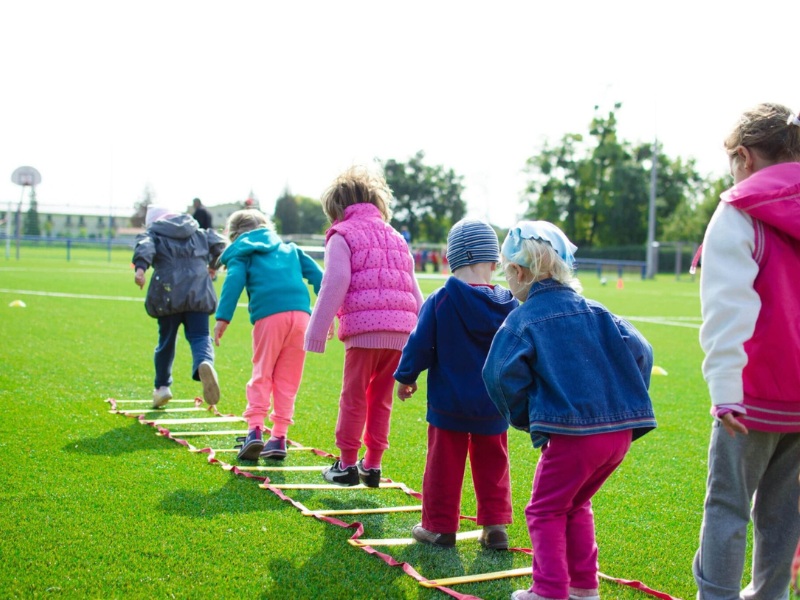Individual sports offer unique advantages for teenagers, promoting personal growth, self-discipline, and overall well-being. Engaging in individual sports can help teens develop essential life skills, improve physical health, and enhance emotional resilience. Here’s an in-depth look at the benefits of individual sports for teen development.
1. Personal Responsibility and Accountability
Self-Reliance
- Decision Making: Individual sports require teens to make decisions on their own, fostering independence and self-reliance.
- Accountability: Success and failure rest solely on the individual’s efforts, teaching responsibility and accountability for their actions and performance.
Goal Setting and Achievement
- Personal Goals: Teens can set and pursue their own goals, whether it’s improving their time, mastering a new technique, or achieving a personal best.
- Progress Tracking: Tracking personal progress and achievements helps teens recognize their improvements and build confidence.
2. Self-Discipline and Time Management
Training and Practice
- Consistent Effort: Individual sports require regular practice and dedication, instilling a strong work ethic and self-discipline.
- Time Management: Balancing training with academic responsibilities teaches valuable time management skills.
Focus and Concentration
- Mental Training: Sports like swimming, tennis, and martial arts require intense focus and concentration, enhancing cognitive skills.
- Mindfulness: Engaging in individual sports can promote mindfulness, helping teens stay present and focused.
3. Physical Health and Fitness
Comprehensive Workout
- Muscle Development: Individual sports often provide a full-body workout, improving muscle strength and endurance.
- Cardiovascular Health: Activities like running, cycling, and swimming boost cardiovascular health and stamina.
Flexibility and Balance
- Agility: Sports such as gymnastics, yoga, and martial arts improve flexibility, balance, and coordination.
- Injury Prevention: Strengthening muscles and improving flexibility help reduce the risk of injuries.
4. Emotional and Mental Well-Being
Stress Relief
- Endorphin Release: Physical activity stimulates the release of endorphins, which help reduce stress and improve mood.
- Mental Clarity: The focus required in individual sports can provide a mental break from academic and social pressures.
Confidence and Self-Esteem
- Personal Achievement: Achieving personal milestones and overcoming challenges boost self-confidence and self-esteem.
- Body Image: Regular physical activity promotes a healthy body image and overall well-being.
5. Skill Development and Mastery
Technical Skills
- Precision and Technique: Individual sports often require mastering precise techniques, enhancing fine motor skills and hand-eye coordination.
- Strategic Thinking: Sports like tennis, fencing, and golf require strategic thinking and planning, developing cognitive abilities.
Life Skills
- Perseverance: Overcoming obstacles and persisting through challenges teach resilience and perseverance.
- Problem-Solving: Finding solutions to improve performance and technique fosters critical thinking and problem-solving skills.
6. Personal Growth and Character Building
Integrity and Fair Play
- Ethical Conduct: Individual sports emphasize fair play and personal integrity, teaching teens to compete honestly and with respect.
- Respect for Others: Competing against others instills respect for competitors and appreciation for their skills.
Self-Reflection
- Self-Assessment: Regular practice and competition provide opportunities for self-assessment and reflection, encouraging personal growth.
- Goal Reevaluation: Teens learn to reevaluate and adjust their goals based on their progress and experiences.
7. Flexibility and Accessibility
Wide Range of Choices
- Variety of Sports: Teens can choose from a wide range of individual sports, such as running, swimming, tennis, golf, martial arts, and more, finding one that suits their interests and abilities.
- Accessibility: Many individual sports can be practiced independently, making them more accessible and flexible in terms of scheduling.
Adaptability
- Indoor and Outdoor Options: Individual sports often offer both indoor and outdoor options, providing flexibility regardless of weather conditions.
- Year-Round Engagement: Many individual sports can be practiced year-round, promoting continuous physical activity.
8. Lifelong Fitness and Habits
Sustainable Activities
- Longevity: Many individual sports, such as swimming, running, and yoga, can be enjoyed throughout one’s life, promoting lifelong fitness.
- Healthy Habits: Engaging in individual sports helps establish healthy habits that contribute to long-term physical and mental well-being.
Personal Fulfillment
- Enjoyment: Finding a sport they enjoy encourages teens to remain active and engaged, fostering a lifelong passion for fitness.
- Sense of Accomplishment: The personal achievements and progress in individual sports provide a lasting sense of fulfillment and pride.
Conclusion
Individual sports offer a wealth of benefits for teenagers, from fostering personal responsibility and self-discipline to enhancing physical health and emotional well-being. By participating in individual sports, teens can develop essential life skills, build confidence, and establish healthy habits that will serve them well throughout their lives. Encouraging teenagers to explore and engage in individual sports is a valuable investment in their overall development and future success.

